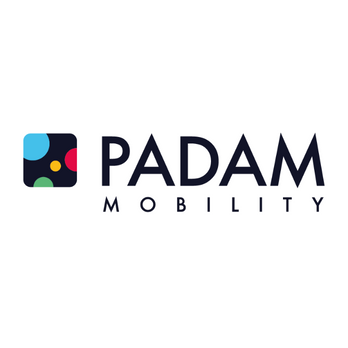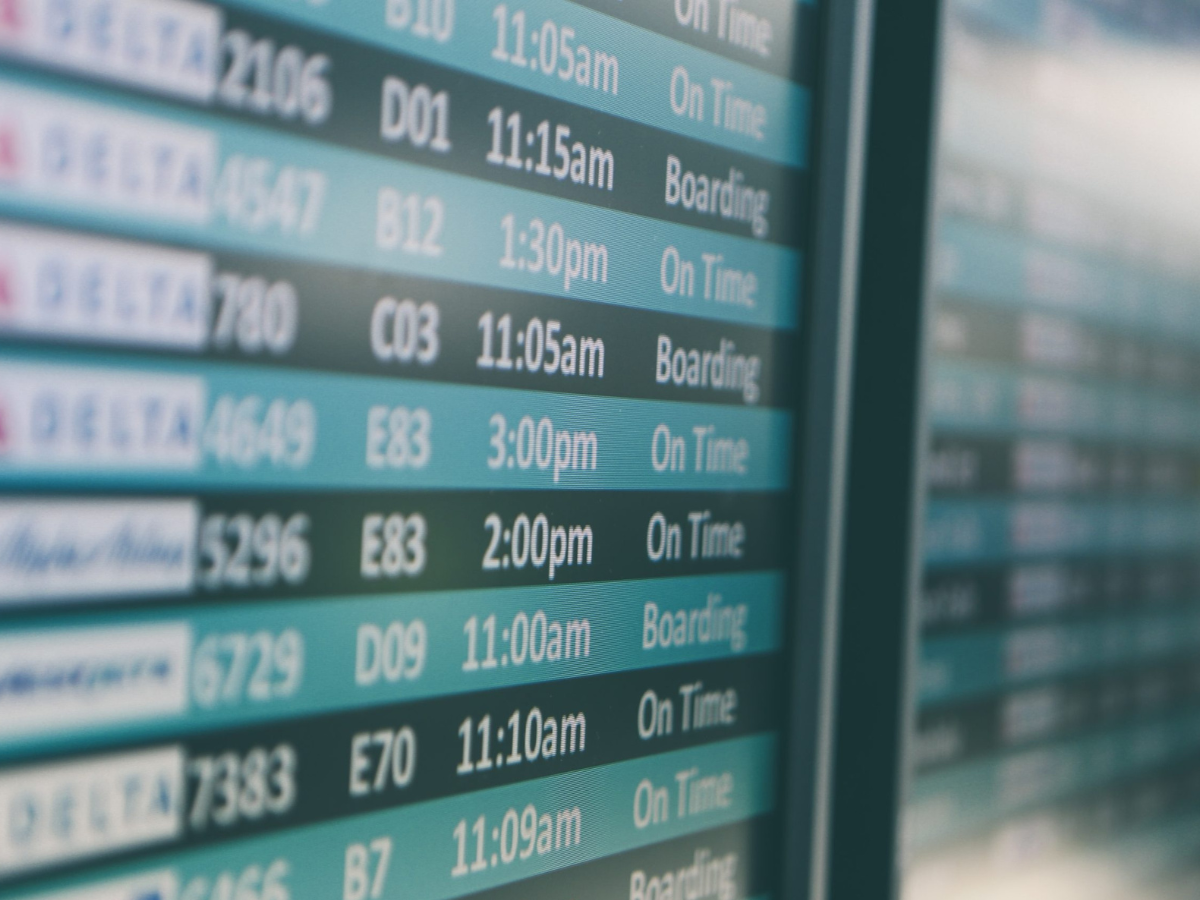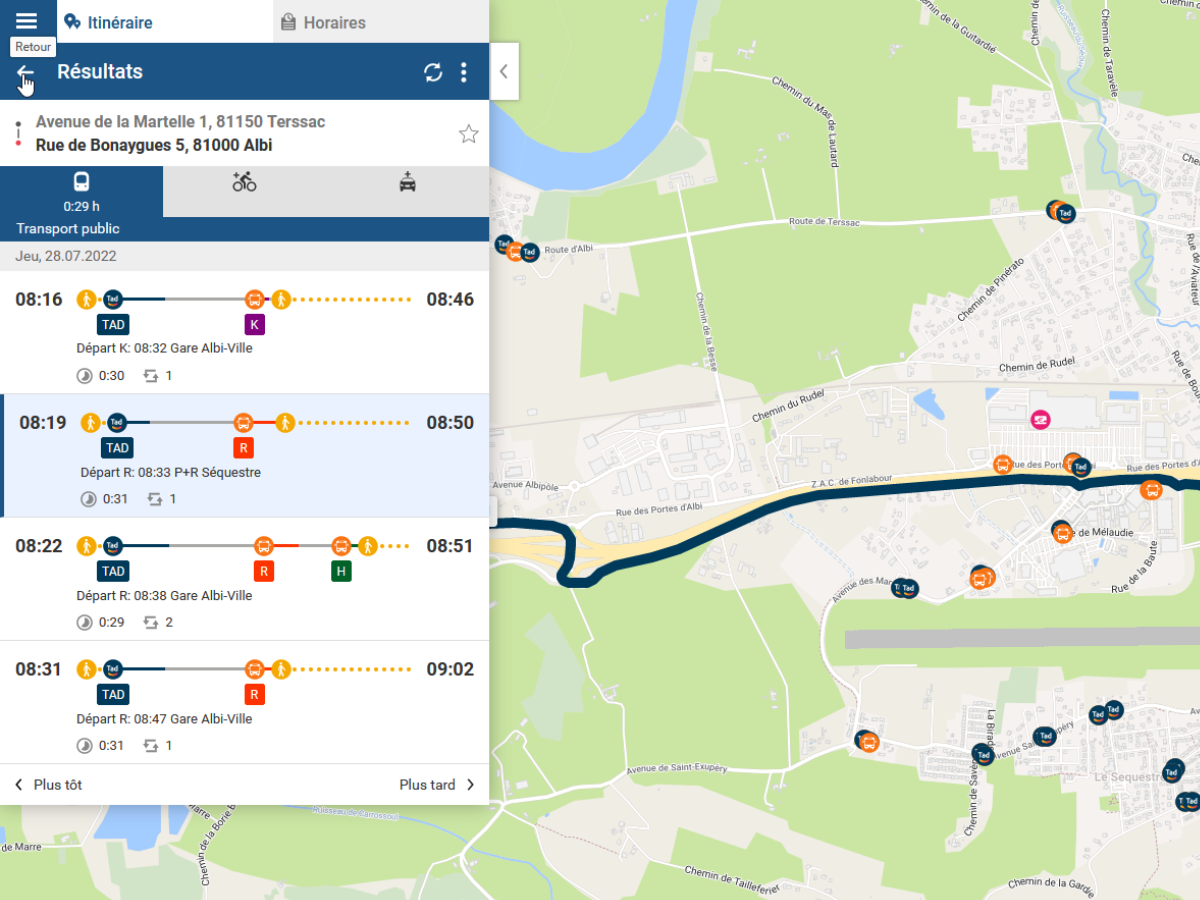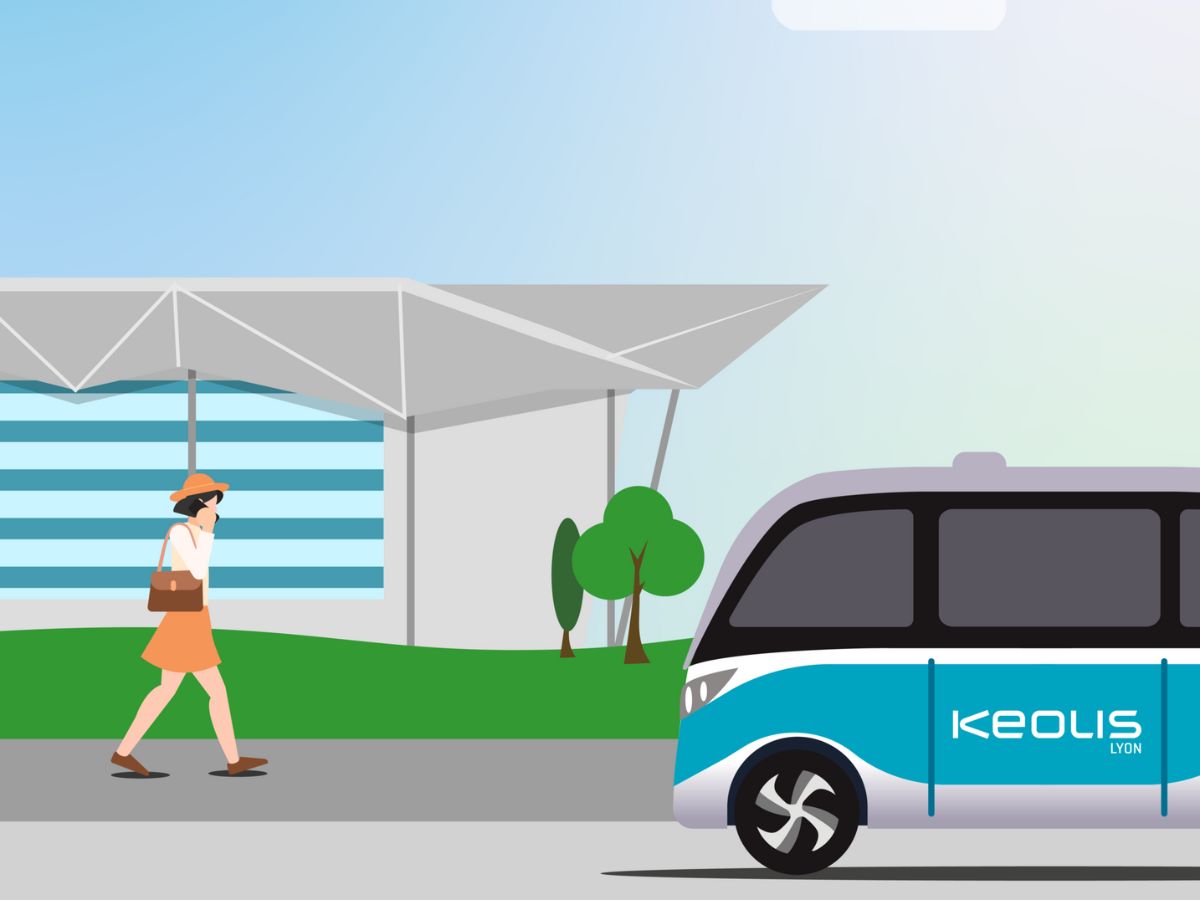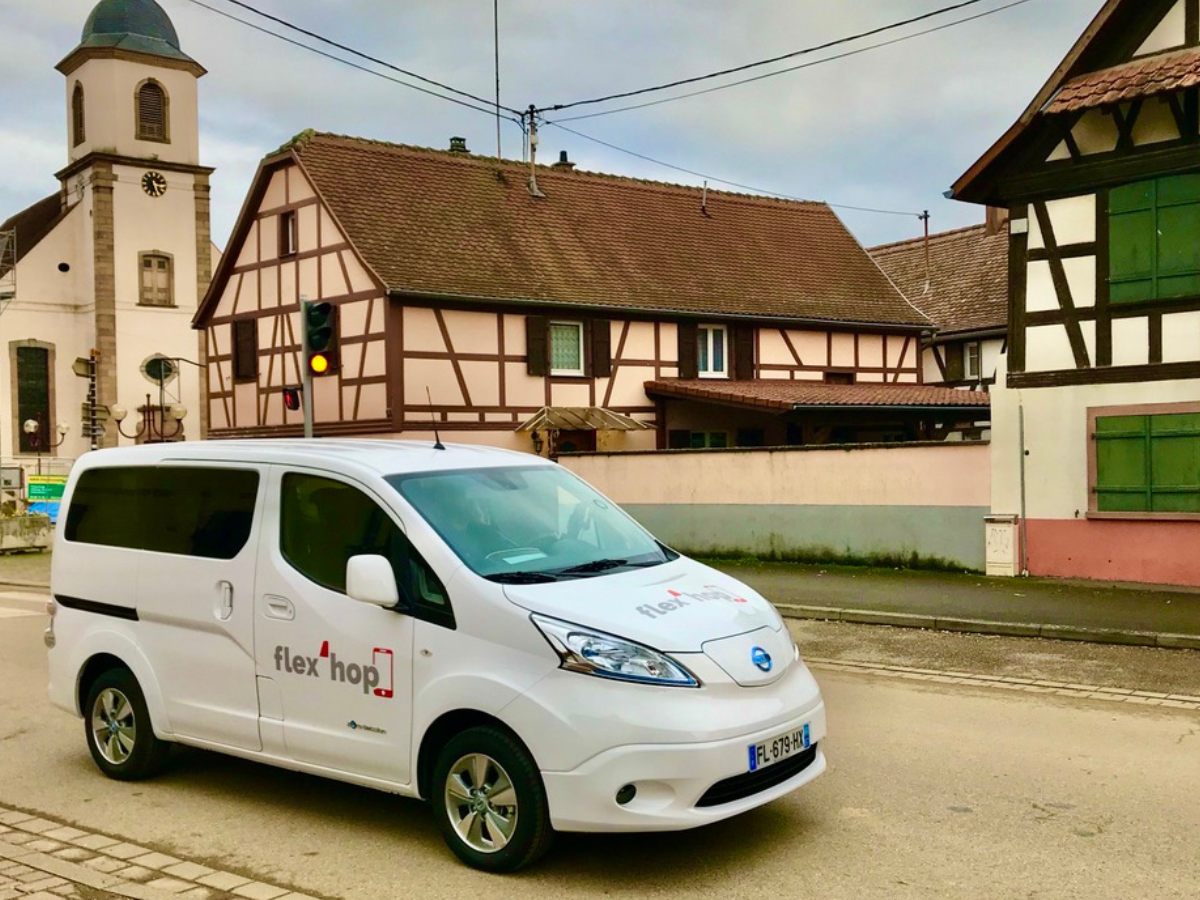A Look Back at Eight Years of Company History – And an Outlook into the Future
At the beginning of October, Padam Mobility welcomed customers, employees, friends and companions to take a look behind the scenes. Located in the eighth arrondissement of Paris, the new headquarter offers enough space to accommodate Padam’s various teams under one roof. A lot has happened since 2014, so the event was also a great opportunity to review how the world of shared mobility has changed over the years.
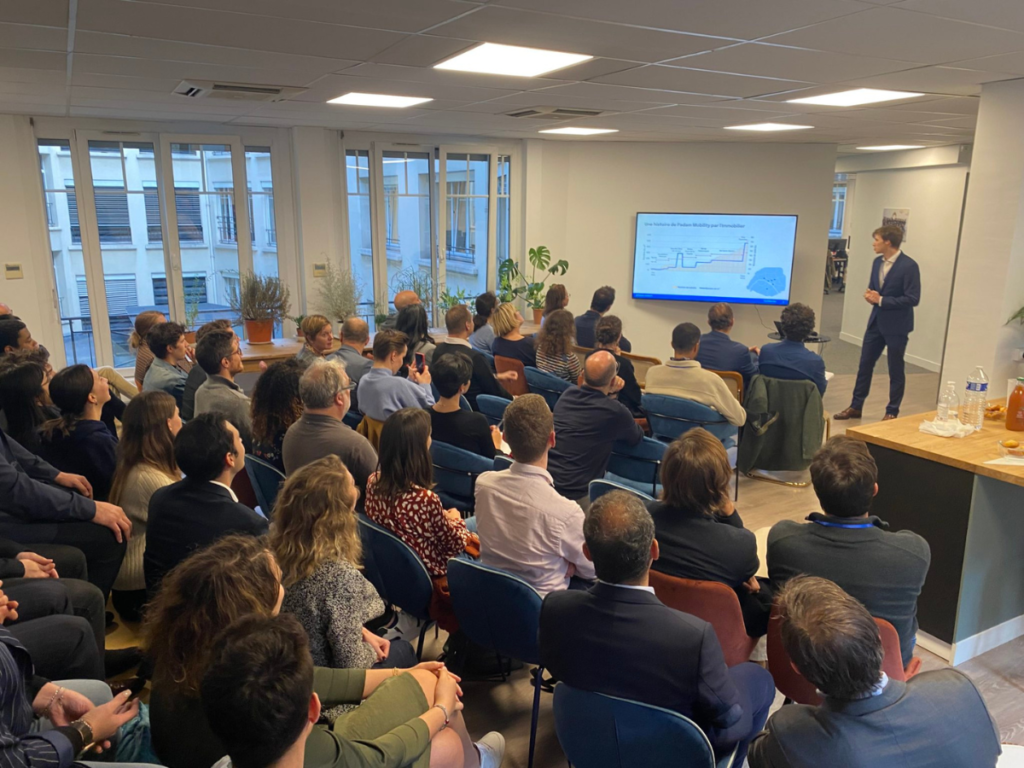
On the Road to Public Transport for All?
Admittedly, the concept of demand responsive transport needs a while to be fully understood. First of all, one needs to understand what an algorithm is and how it manages to calculate routes for vehicles in real time. Also, one should know some use cases to understand why on-demand mobility is beneficial for certain areas. This information is very helpful in convincing people that on-demand mobility can reduce the use of private vehicles while saving costs for the community. Over the last few years, we have gained a lot of experience in promoting on-demand transport and highlighting its benefits. Fortunately, we were often supported by talented professionals. The staff of the Strasbourg bus network, for example, have compiled interesting facts about on-demand mobility in an in-house study. According to their calculations, the introduction of an on-demand service would cost 3.3 times less than maintaining conventional bus routes.
The study also yielded interesting insights on the user side. Rising petrol prices and cost of living prompt many consumers to reflect more on their behaviour. According to the survey, 10% of on-demand transport users have abandoned their second car.
Well, there are many reasons why the number of users of Padam mobility services has increased by 150% in the last 16 months: on-demand transport is a flexible and comparatively low-cost investment in public transport, has a positive impact on the environment and promotes social integration. And even though public transport is not a hot topic in the media, the user numbers show that consumers are embracing on-demand mobility.
Public Transport in Greater Paris: Change Is Happening!
Despite investments in the public transport network in recent decades, the car is still the most popular means of transport for Parisians. There is a need for improvement in many places; the existing public transport lines do not cover all the mobility needs of the inhabitants.
In a survey (May – June 2022), the French Collectif Mobilité found that drastic changes in behaviour would occur if the price at the petrol pump exceeded the psychological threshold of 2 euros. About 40 % of respondents in the small and large metropolitan areas of the Paris region said they would reduce their daily trips. However, only 20 % would choose to shift to other modes of transport.
On-Demand Mobility Must Meet All Needs
The current challenges in the mobility sector demand that public decision-makers identify possible solutions – especially in sparsely populated areas. Well-developed local transport is an important building block to ensure mobility for all. On-demand mobility can fulfil this requirement where maintaining fixed routes is not feasible.
In the coming years, we will continue to work on making mobility accessible to all and thus create more liveable living spaces in the city and in the countryside!
This article was originally published by Padam Mobility.


